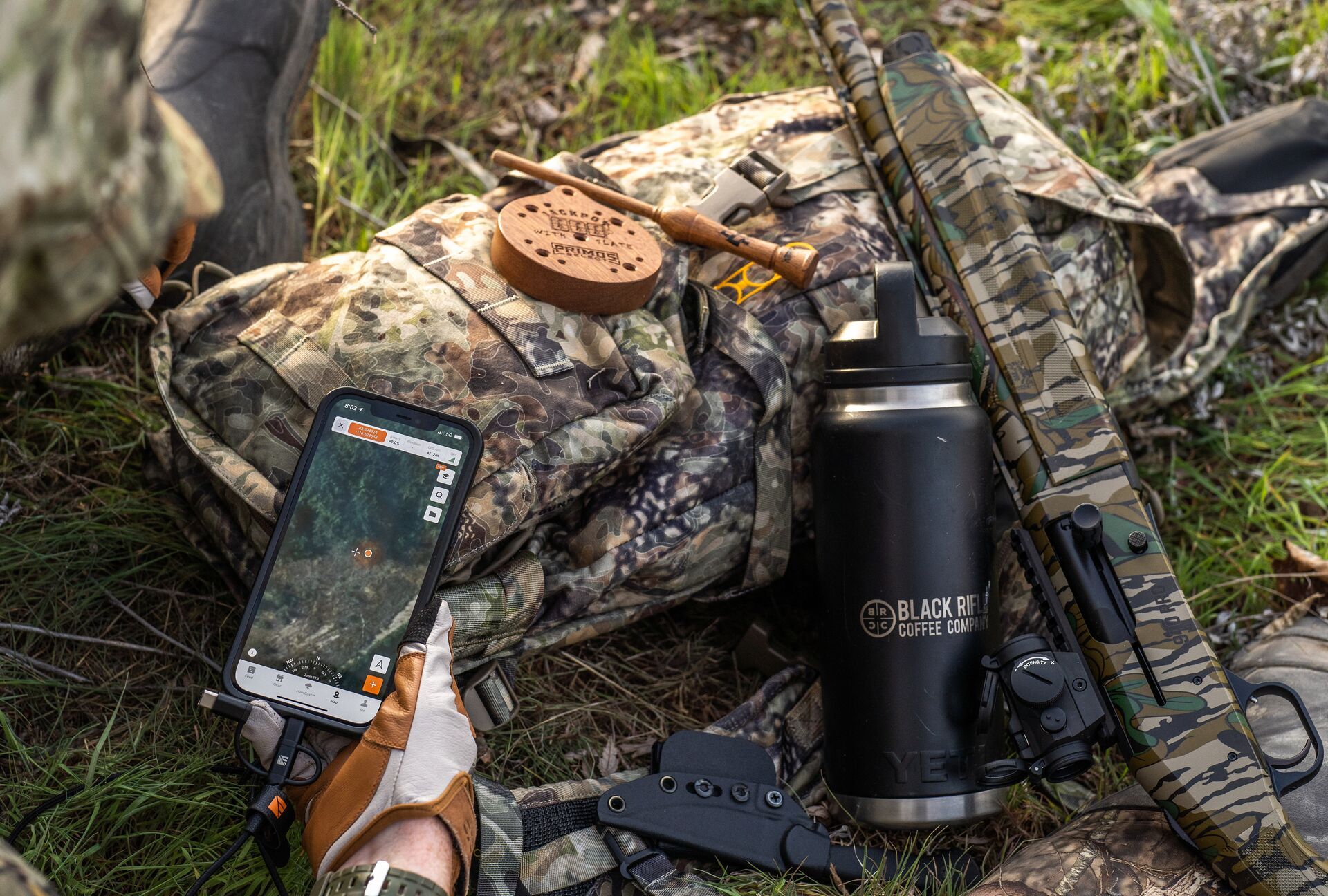Field Guide / Bear
5 Spring Whitetail Habitat Tips for Every Hunter
From scouting to deer habitat activities to shooting your bow, there are some very important deer hunting and deer habitat activities that you need to accomplish in the spring.
Previous in Bear
More Content Like This

What Is the Difference Between Game and Nongame Species?
Across the world of wildlife, a whole spectrum of big and small critters fall into various categorizations and classifications. For hunters, one of the most important distinctions is between game and nongame species. Read More
Read More6 Tips for Stalking Whitetail
Harvesting whitetail is nothing short of easy. Whitetail not only have some of the best sight but also hearing out of any species that we hunt. It not only takes skill, but persistence and dedication to harvest that big buck on your trail cam, and ...Read More
Read More
10 Hunting Must-Haves for Success This Season
As a seasoned hunter, I have spent years building my kit with the most valuable and trusted products. While every hunt is different, there are a few items I carry into the field every time. Read More
Read More Bear
BearWhat Is the Difference Between Game and Nongame Species?
Across the world of wildlife, a whole spectrum of big and small critters fall into various categorizations and classifications. For hunters, one of the most important distinctions is between game and nongame species. Read More
Read More Bear
Bear6 Tips for Stalking Whitetail
Harvesting whitetail is nothing short of easy. Whitetail not only have some of the best sight but also hearing out of any species that we hunt. It not only takes skill, but persistence and dedication to harvest that big buck on your trail cam, and ...Read More
Read More Bear
Bear10 Hunting Must-Haves for Success This Season
As a seasoned hunter, I have spent years building my kit with the most valuable and trusted products. While every hunt is different, there are a few items I carry into the field every time. Read More
Read More
1 of 3
More Content Like This
Squirrel Hunting Tips
From the silence of an early morning sit erupts the crunching sound of leaves and rustling bushes. Your heart drops as your eyes scan the canopy for movement, expecting to catch a subtle glance of the whitetail you’ve been eyeing all season. Instead,...Read More
Read More
10 Hunting Must-Haves for Success This Season
As a seasoned hunter, I have spent years building my kit with the most valuable and trusted products. While every hunt is different, there are a few items I carry into the field every time. Read More
Read More
How to Get an Arkansas Hunting License
With diverse ecosystems, stunning valley lines, and the breathtaking Ozark mountains, hunting in Arkansas has something for every hunter. Hunting is deeply embedded into many Arkansans' culture and way of life and is a popular spot for out-of-staters...Read More
Read More Bear
BearSquirrel Hunting Tips
From the silence of an early morning sit erupts the crunching sound of leaves and rustling bushes. Your heart drops as your eyes scan the canopy for movement, expecting to catch a subtle glance of the whitetail you’ve been eyeing all season. Instead,...Read More
Read More Bear
Bear10 Hunting Must-Haves for Success This Season
As a seasoned hunter, I have spent years building my kit with the most valuable and trusted products. While every hunt is different, there are a few items I carry into the field every time. Read More
Read More Bear
BearHow to Get an Arkansas Hunting License
With diverse ecosystems, stunning valley lines, and the breathtaking Ozark mountains, hunting in Arkansas has something for every hunter. Hunting is deeply embedded into many Arkansans' culture and way of life and is a popular spot for out-of-staters...Read More
Read More
1 of 3
